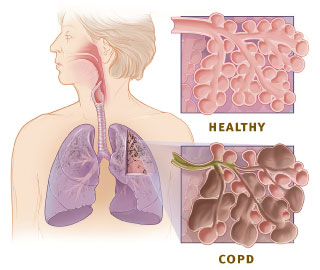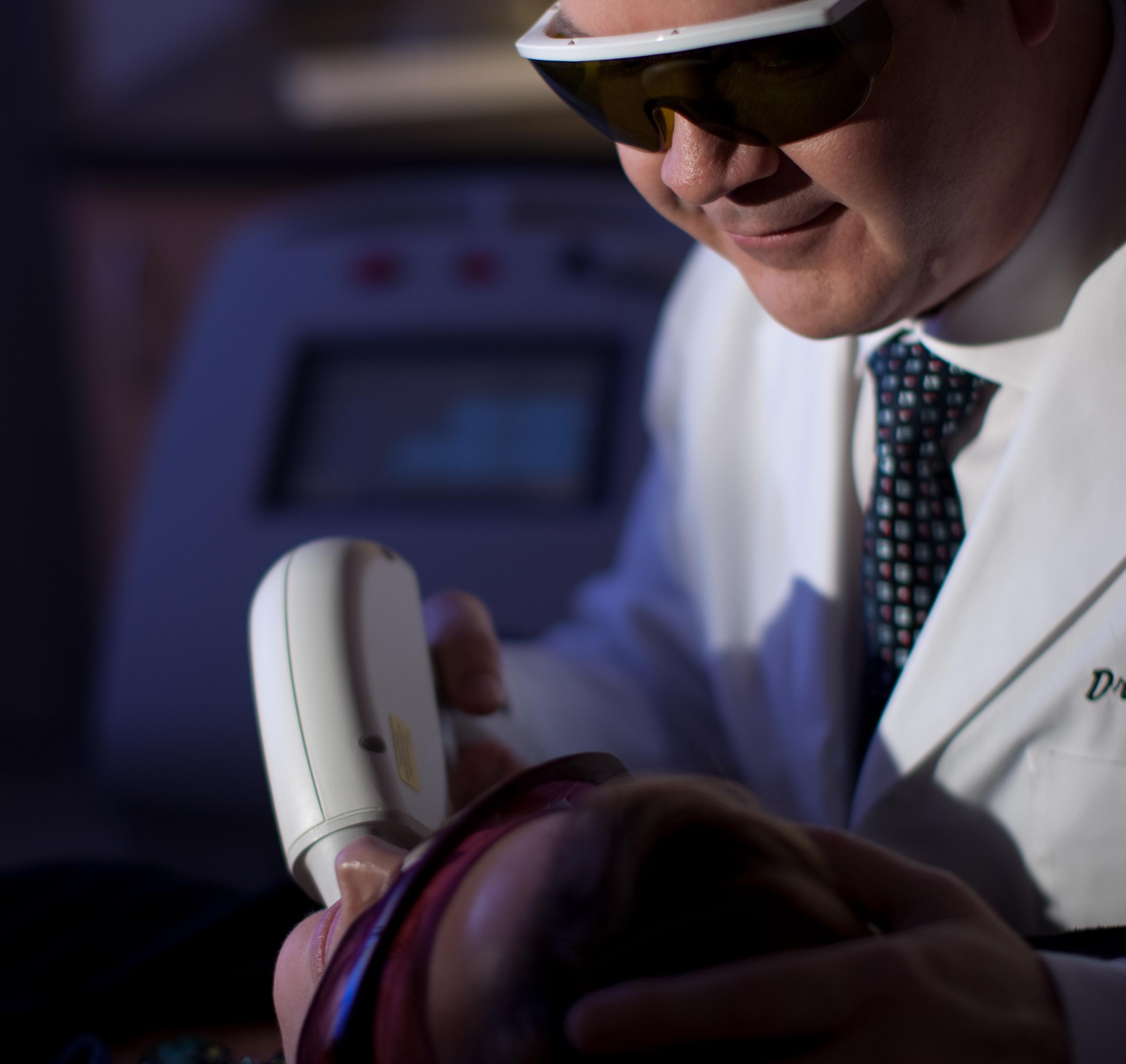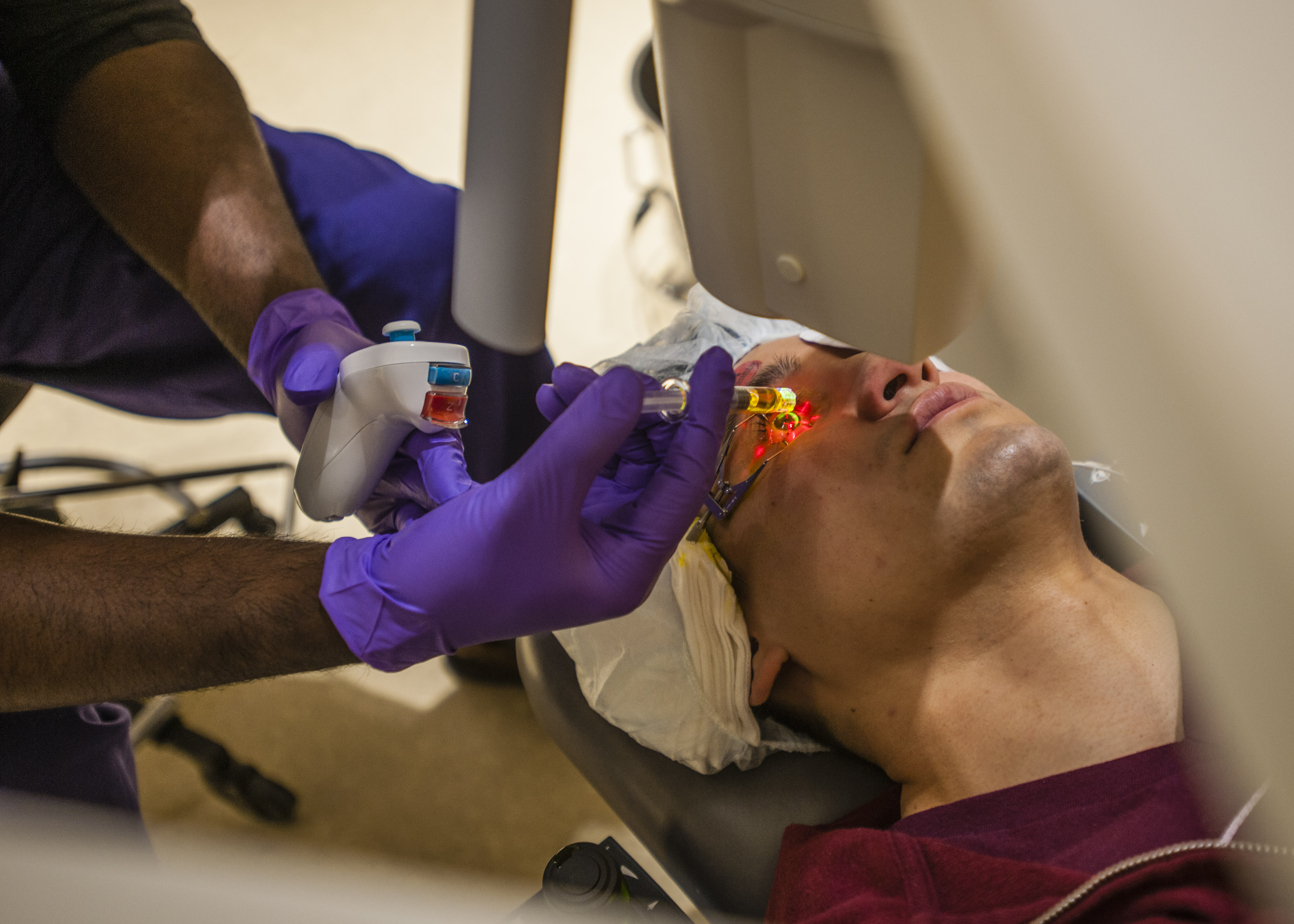Top 5 Guide: Navigating the Intricacies of Amyloidosis
The world of medical science is filled with countless ailments, each with their unique set of symptoms, causes, and treatment methodologies. Among these, Amyloidosis, an uncommon and often misunderstood disorder, stands out. It operates by depositing abnormally-folded proteins known as 'Amyloid' in tissues or organs throughout the body, disrupting regular functioning.
Amyloidosis isn't a single entity but represents a spectrum of closely-related diseases that cosset over twenty distinct proteins. Its manifestations vary extremely from person to person owing to the different proteins involved and the organs affected. Hence, the disease's diagnostic process and treatment recommendations can be quite complicated, necessitating in-depth knowledge and understanding of this condition.
Types and Symptoms of Amyloidosis
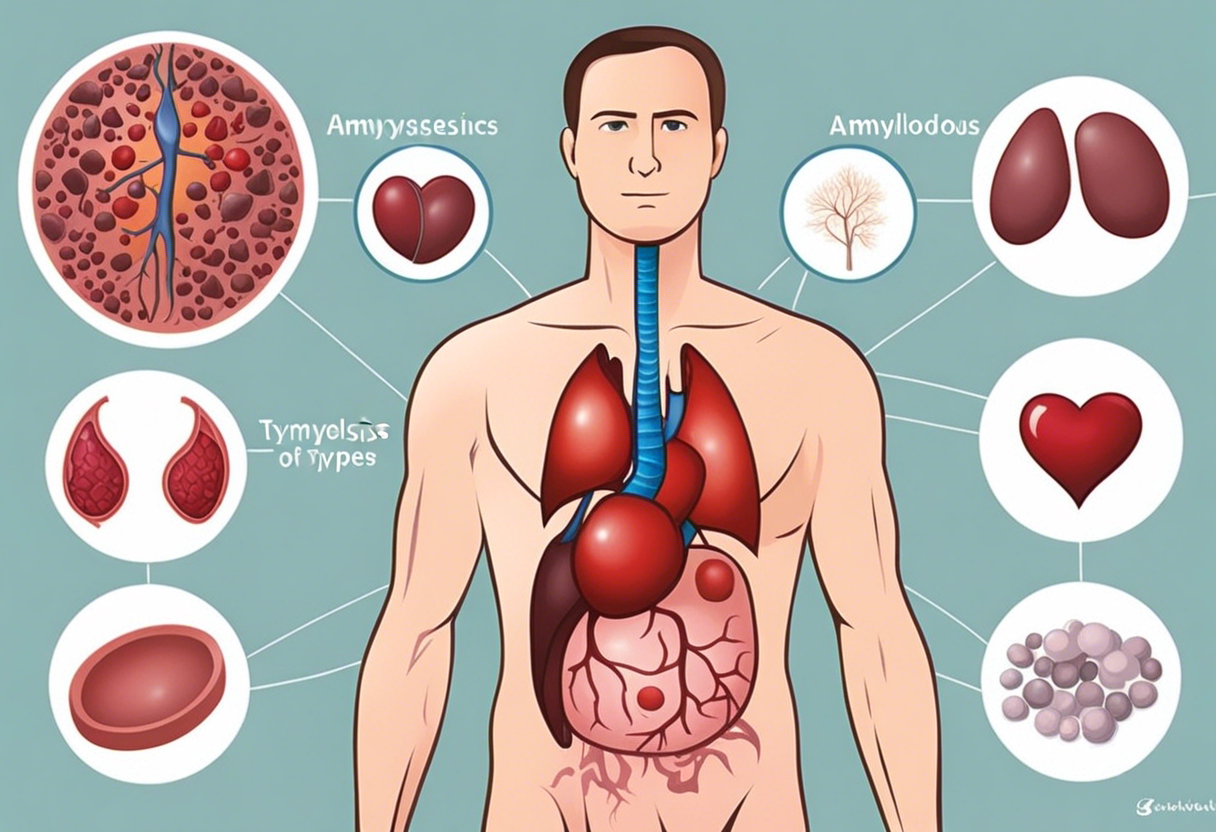
A fundamental aspect of Amyloidosis seems to be its grouping into different types, primarily based on the particular protein found in amyloid deposits. The prominent ones among these include AL amyloidosis, AA amyloidosis, hereditary amyloidosis, and organ-specific amyloidosis. Each type of amyloidosis can affect different parts of the body, including the heart, kidneys, liver, nerves, and gastrointestinal tract.
The symptom manifestation of amyloidosis is incredibly diverse, further fueling its complexity. General symptoms such as fatigue, weight loss, and edema, or swelling, often arise, along with organ-specific symptoms depending on the affected areas. Thus, the disease often goes undiagnosed or misdiagnosed due to these overlapping and common symptoms.
The Diagnostic Journey of Amyloidosis
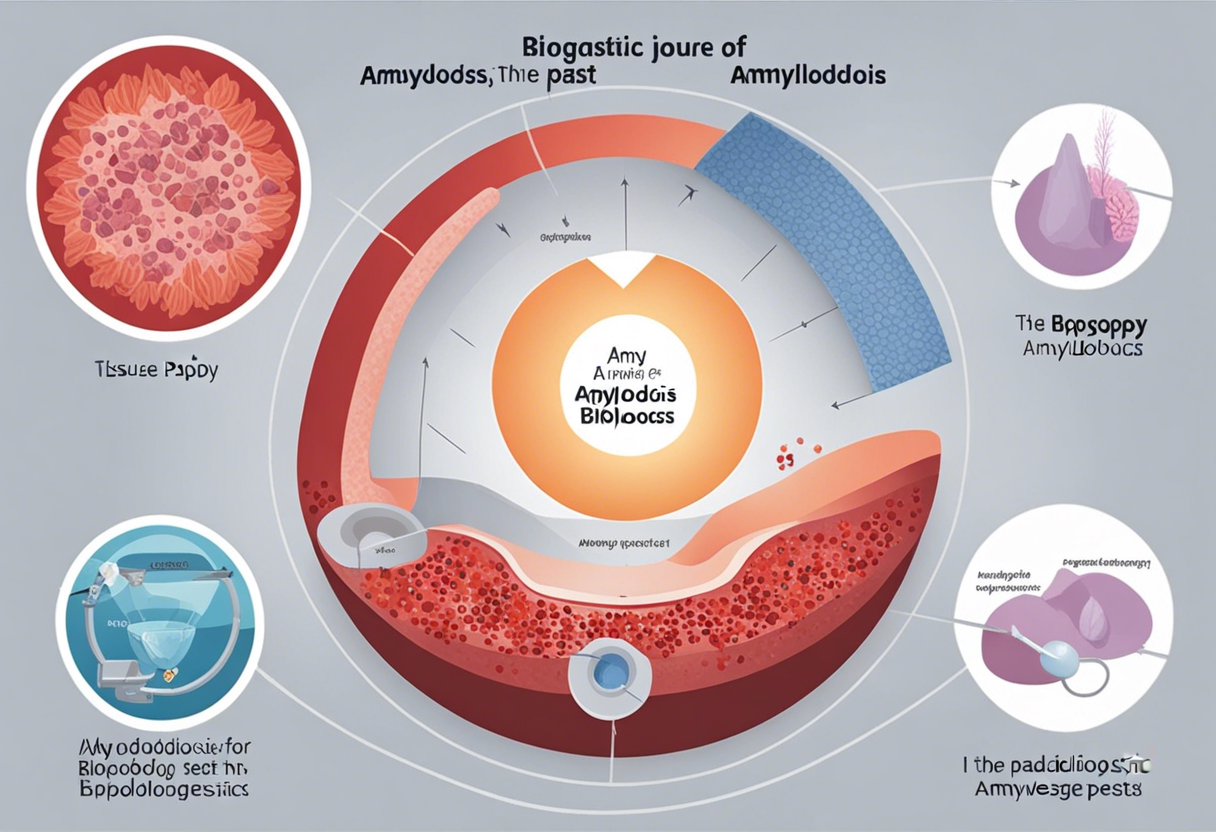
Detection of amyloidosis can present quite a challenge. The process involves a series of investigations, starting usually with a clinical examination followed by laboratory tests, imaging, and histological checks. A tissue biopsy, often from the fat pad, kidney, or bone marrow, is the definitive diagnostic test for amyloidosis, which confirms the presence of amyloid fibrils.
Misdiagnosis can be a significant roadblock in managing amyloidosis efficiently. It's vital for both patients and healthcare professionals to have a robust awareness about amyloidosis's diagnostic journey. This knowledge aids in early detection and timely intervention, drastically impacting the disease's trajectory.
Treatment Approaches for Amyloidosis

The treatment strategies for amyloidosis aim to reduce the amount of amyloid-forming proteins, manage symptoms, and maintain organ function. Given the disease’s variable nature, this typically requires a multi-disciplinary approach.
Traditional therapies consist of chemotherapy or steroid treatments to suppress the abnormal proteins or stem cell transplants for severe cases. With the advent of new research, new treatments such as anti-serum amyloid P component therapy and gene-silencing drugs have shown promise in battling this disease's adverse effects.
Living with Amyloidosis
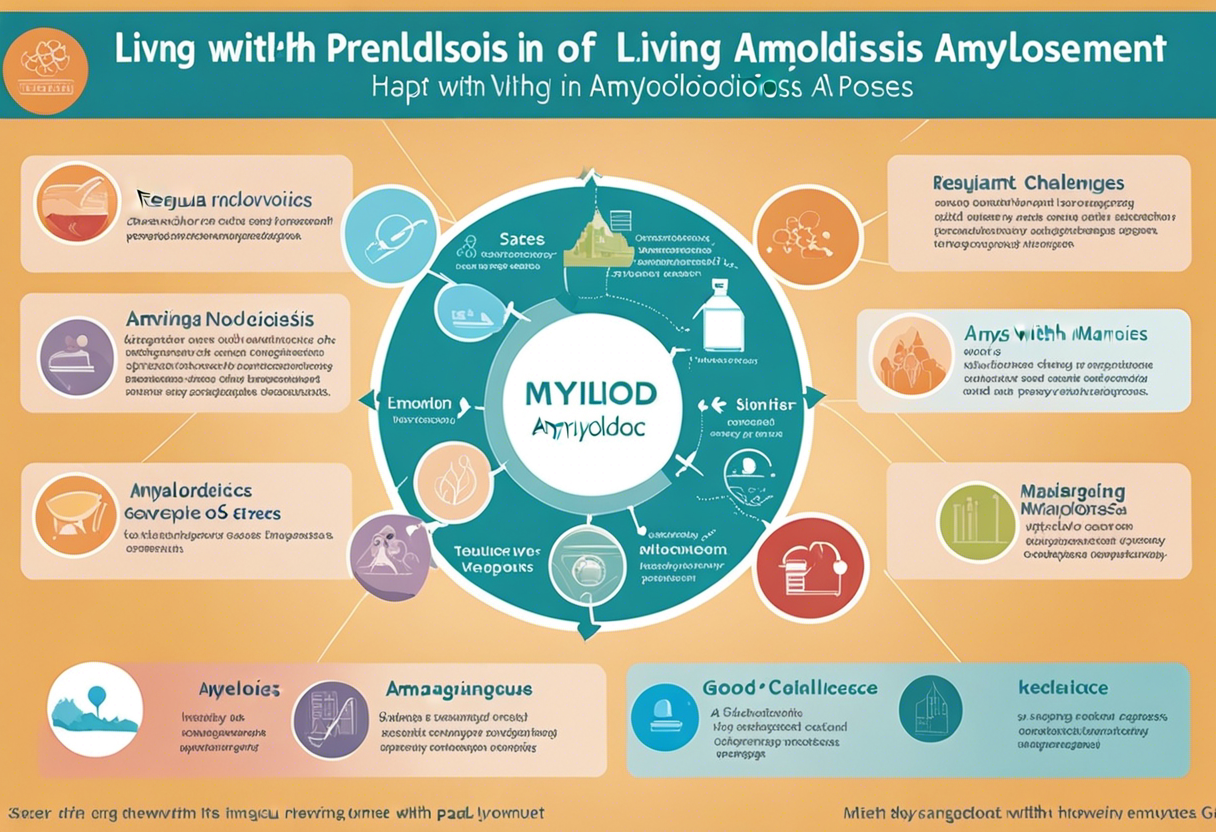
While managing amyloidosis poses its unique set of challenges, it isn't an impossible task. The path is all about balancing medical treatment with maintaining a healthy lifestyle and positive mental attitude.
Patients can benefit from nutritional advice geared toward their specific conditions and symptoms. Regular exercise within tolerance, good sleep hygiene, and stress management techniques can improve overall wellness and disease trajectory. Additionally, the continuous support from a community of medical professionals, family, friends, or amyloidosis support groups can significantly enhance the patients' quality of life.
Remember, while Amyloidosis is often a severe disease, with current insights into its biology, improved diagnostic tools, and emerging novel therapies, the outlook for Amyloidosis patients continue to improve.
